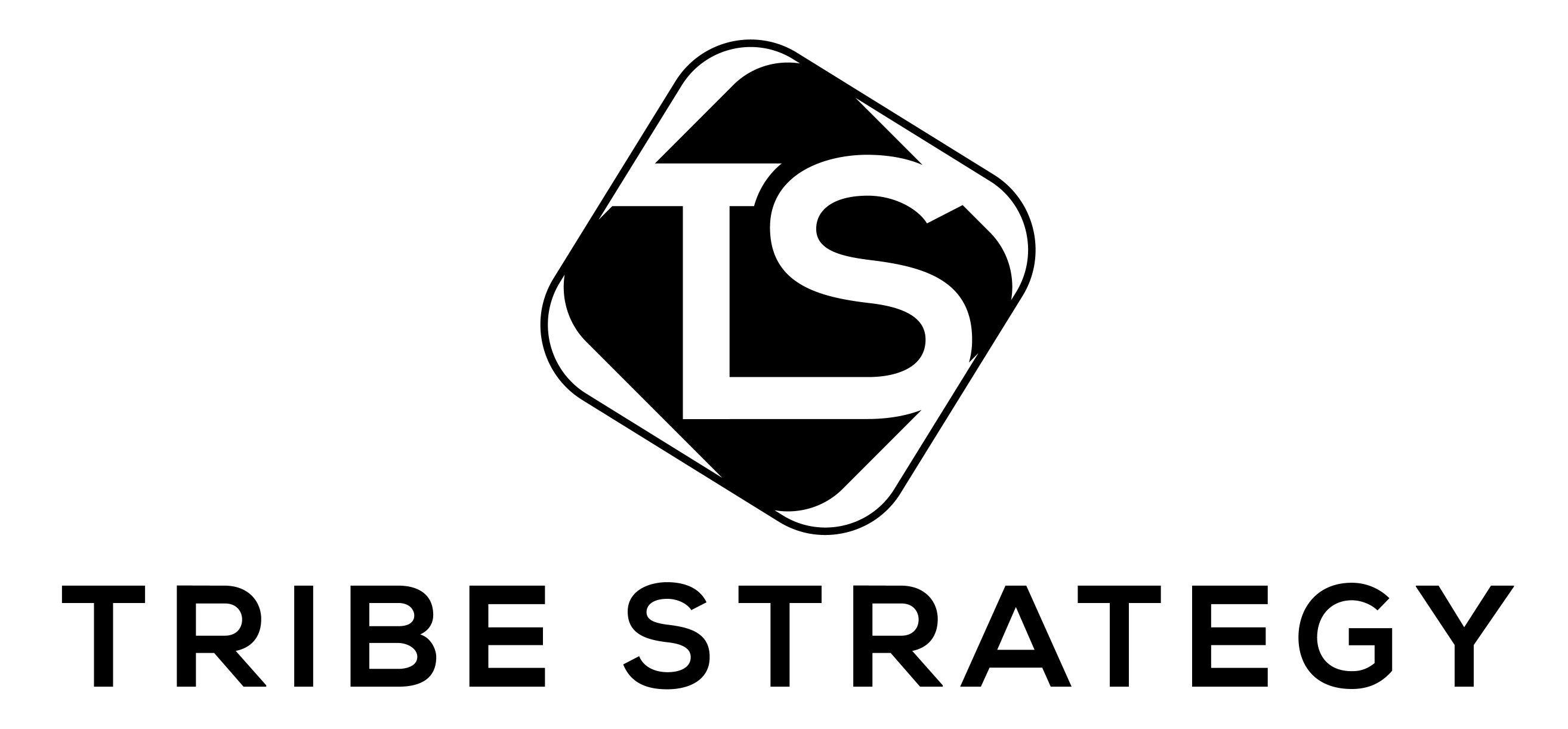First off, happy holidays to you and yours! It’s been a tumultuous 2020 for all of us, and if you’ve made it this far, it is a blessing. As we reflect on our lives, careers, and a continuously shifting world, we find ourselves in an environment much different from a year ago. Many industries have had to change course and cut back on resource expenditures tremendously in light of a worldwide pandemic. Many businesses have had to make adjustments within their operations to sustain themselves through challenging times.
If you’re in the SaaS space, the circumstances have created opportunities to make adjustments that demonstrate good faith as a technology partner with the mindset of increasing loyalty and driving advocacy. The truth is, “good faith” behavior ultimately means there is an element of ambiguity on the reciprocal outcome. In other words, just because you do a customer a “solid” on a renewal discount or leniency in payment terms does not mean that the customer will sing your praises. So as we close out the year, let’s explore what true customer advocacy looks like because once you get it, it is truly a gift that keeps on giving.
In the Customer Success world, we throw terms like “Voice of Customer (VoC)” and “Customer Advocacy” around often as concepts that we believe in and include as part of our playbooks for growth. When it comes to advocacy, the core of it is this: Do your customers truly believe in the work you’ve done, can see the progress, and feel good about it to share their positive experiences with others? If they do, they will shamelessly tell the whole world.
There Are Levels To Customer Advocacy.
CS leaders are in a constant race to create Voice of Customer programs via public testimonials that solidify social proof amongst other prospects. This benchmark is the ultimate goal for CS teams, but it’s essential to understand the different advocacy levels and not settle on just one metric. Customer advocacy comes in several different flavors, and it’s vital to successful customer success programs to identify them accordingly.
Customer Satisfaction (CSAT)
We often get customer satisfaction confused with customer sentiment. In its traditional form, a customer satisfaction survey – a type of customer sentiment – serves as a medium of feedback after a specific interaction with your organization. “What is the customer’s satisfaction with the outcome of this situation?” Whether it is a support case or post-implementation follow-up, a CSAT survey helps you understand how the customer felt about that interaction. The customer may or may not be happy with the outcome at the moment, but that doesn’t translate into the full story of customer advocacy. It is a metric to consider, but not the end all be all.
Net Promoter Score (NPS)
To understand customer sentiment, we broaden our view and look at the Net Promoter Score to gauge potential customer advocacy. Fundamentally, the NPS score tells us if this customer willing to recommend your organization to colleagues in their space. Although CSMs have the power to influence individual NPS responses, these surveys, in aggregate, should serve as an accurate picture of the general sentiment of your organization across your portfolio. A higher subset of NPS scores can reflect well on an individual CSM, but there are loopholes that leaders should not ignore if they want to have genuine customer advocacy. It’s relatively easy to offer up that ’10’ on an NPS survey, but is that a legitimate ’10’?
There are layers to advocacy, and as a discipline, we must work not to allow ourselves to create ‘vanity metrics’ to demonstrate success. NPS can be a powerful guide, but we should be vigilant in our discretion around whether or not a good NPS score will translate into true advocacy.
Case Studies
To take it a step further, once you get into real committed levels of customer advocacy, it becomes an exploration of references and case studies beyond just an NPS score. We often see case studies as these collaboratively driven, strategic exercises that ultimately result in good visibility for potential prospects. However, do you have to jump through many hoops to get your case study approved by the organization? Does your customer make themselves available to tell their story or provide a video testimonial, or is that always put on the back burner?
A true advocate will make it a priority, and the outcome will be very natural. Regardless of what it looks like, you should be able to measure when you’ve got true customer advocacy in your portfolio. And, of course, it doesn’t have to be 100% of your portfolio. It doesn’t have to be 50% of your portfolio, but a measurable benchmark of what it looks like should be considered.
Genuine Customer Advocacy is a Process.
We live in a world where we all want things to happen quickly. Our customers want to be up and running quickly. Our CEOs want teams to adapt to change quickly. Our sales teams want to close deals quickly. Product managers want to get feedback as quickly as they can so they can continue to roll out the next version of the product. But getting a customer to be a true champion of your organization is a process that takes time.
Great relationships are not built overnight, nor are they built instantly. This is why customer success leaders often speak about the customer journey and the customer life cycle. A journey requires you to go from point A to point B to point C and beyond. Every step of the way, the customer is consciously and subconsciously evaluating whether or not they’re getting the most out of your solution and seeing material results.
If a CSM starts working with a customer and starts seeking a reference after three or six months, that may not be realistic. It sounds good in theory, but has that customer had enough time to mature with your product and substantively be able to speak to it? Has a customer committed to being a reference one time or on an ongoing basis? Even if you do get the reference, is it a genuine reference? Has your customer been able to speak to it even after having some specific challenges? The moral of the story here is that you have to plant the seeds, and then you have to let them grow.
The Most Authentic Form of Customer Advocacy is Unsolicited.

Can your customer be emailed or called unsolicited by a prospect, and you can go to sleep and know that the customer is going to say good things about your organization – that their experiences will speak volumes to another potential customer?
Let’s refer back to a core principle of traditional sales in “asking for the sale,” For customer success, that translates into asking for advocacy. I’m not against asking for advocacy, but the most authentic form of advocacy is one where the customer is having great conversations about your product when you’re not in the room, or at that conference, or on that webinar.
When there’s an issue that your stakeholder is held accountable to their leadership on behalf of your solution, will they throw you under the bus or speak highly of your organization? When a customer posts a glowing review on an industry site or sends one of your executives an email out the blue, speaking of how well their experience has gone with your solution, now we’re getting somewhere. Now we’re getting to the point of truly authentic unsolicited advocacy.
I want to add here that this level of advocacy extends beyond just customers. If you’re a CS leader or a CSM, and you’re wondering whether or not you have buy-in from the rest of the organization – when was the last time someone reached out to another executive or publicly shouted praise of you or your team? Not because of some form of political gain down the road, but because they truly feel like your team is making a difference in the organization? That’s where you know you have that cross-functional advocacy. The core construct of true advocacy remains the same.
There Are No Question Marks Around True Customer Advocacy.
When you’re having internal meetings and looking at your customer portfolio trying to determine which customers make sense to be a reference, if you have to ask, “Would this customer be a reference?” then you may not have an advocate just yet. In an ideal state, the conversation would be, “I know this customer will be an advocate without a shadow of a doubt. I am confident that I can call them right now, and they will work to do what it takes to give us whatever we need and speak highly on our organization.”
These aren’t unicorns – at least they shouldn’t be. They may not be in abundance, but you don’t need them in abundance, just a few authentic customer advocates who truly plan to be a customer for life. Securing a customer for life is a tall task in a world where any moment now, the next out-to-bid gauntlet is coming your way because of maybe a lower-priced solution or fancy features. They like their sales guy more than they like yours. The industry is changing. Maybe your organization made some mistakes. There’s always a reason for a customer to take their business elsewhere, and customers of today know that they can exercise that right as they see fit.
So, there should be no question marks for true customer advocates. If part of the dialogue from the customer consists of, “Yeah, well, things were going well…but we had that one situation.” If that one situation is still a ‘but,’ that means that maybe there hasn’t been complete closure and a full reconciliation of the issue. Your organization is happy to have gotten through it but haven’t determined whether the customer still feels the same as they did before. There should be a relentless pursuit of clarity of closure before seeking advocacy with customers of this category. If you doubt whether or not a customer will be a true advocate, you should revisit the relationship with that customer and understand what you can do to eliminate those doubts.
In summary, this is a charge to CS leaders and CSMs worldwide as we move into a new calendar year, whether this is your fiscal year or not. It’s an opportunity to revisit what you believe true customer advocacy to be. One, you want to make sure that everyone at your organization understands the various customer advocacy levels, and everyone needs to rally around that charge with a combination of discretionary observation and patience.
The best customer advocates are those that show up without us asking, speak up without our nudge, that speak on our behalf even when we aren’t there. Maybe that should be the goal – to build great products and great teams that are so good, as a natural response, customers are more than eager to share their experiences with anyone who will listen. That’s true customer advocacy.
